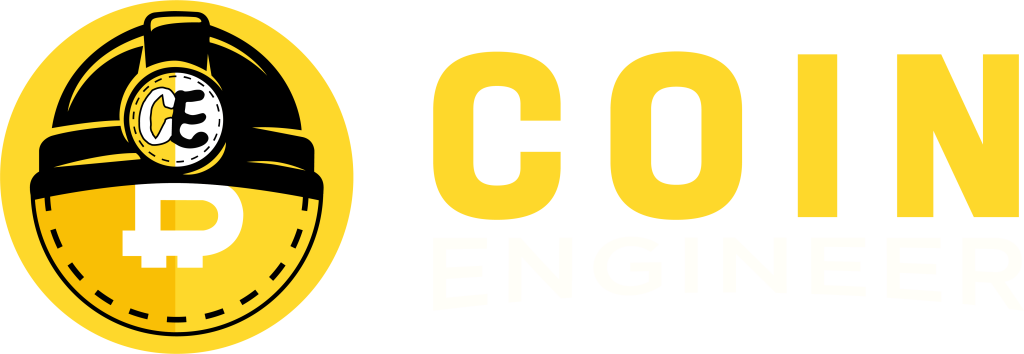One of the cornerstones of the blockchain technology, consensus mechanisms, aim to achieve an agreement among the participants in the network, Ethereum, one of the leading projects in the crypto world, has built its consensus mechanism on Proof of Work (PoW). Additionally in this article, we will take a closer look at Ethereum’s PoW consensus mechanism and evaluate its pros and cons.
What is Proof of Work?
Proof of Work is a consensus mechanism that requires a certain computational power to perform a transaction. Also this mechanism, used by Ethereum from its early beginning, allows the addition of new blocks in the network through a process called mining. Miners try to add blocks by solving complex mathematical problems, consequently consuming energy and computational power.
You might like: Ongoing Bitcoin ETF Application Processes
Ethereum and Proof of Work
The Ethereum network initially developed based on Bitcoin’s PoW model. Unlike Bitcoin, which has a narrower functionality, Ethereum was designed to support smart contracts and run decentralized applications (dApps). Ethereum’s PoW system facilitates the creation of Ether, the given name of the cryptocurrency, and the management of transaction fees.
Advantages:
Reliability: PoW offers a high level of security maintaining the reliability of the network. So the considerable computational power necessary to add blocks builds resilience against malicious attacks.
Distribution: Mining implies a wide spread of participants in the network. This provides a decentralized structure, increasing the resilience of the network.
Incentive: Miners earn rewards for actively adding new blocks to the blockchain. This is a mechanism that ensures the security of the network while motivating the participants in the network.
Disadvantages:
Energy Consumption: Critics criticize PoW for its high computational power requirements. This results in the network’s high energy consumption and triggers environmental concerns.
Scalability: PoW experiences scalability issues. In case of high transaction volumes, so the transaction times may increase and transaction fees may rise.
Centralization Risk: Large mining pools may lead to the centralization of mining power and pose a risk to the network’s security.
Ethereum’s Proof of Work consensus mechanism is a fundamental pillar supporting one of the most significant projects in the crypto world. Critics argue that blockchain technology, despite its advantages in terms of reliability, distribution, and incentivization, faces criticism due to issues such as high energy consumption and scalability challenges.Ethereum aims to transition from PoW to Proof of Stake (PoS) mechanism with its planned Ethereum 2.0 upgrade in the future. This transition is expected to enhance the network’s efficiency and sustainability.
In the comment section, you can freely share your comments about the topic. Additionally, don’t forget to follow us on Telegram, YouTube, and Twitter for the latest news and updates.


